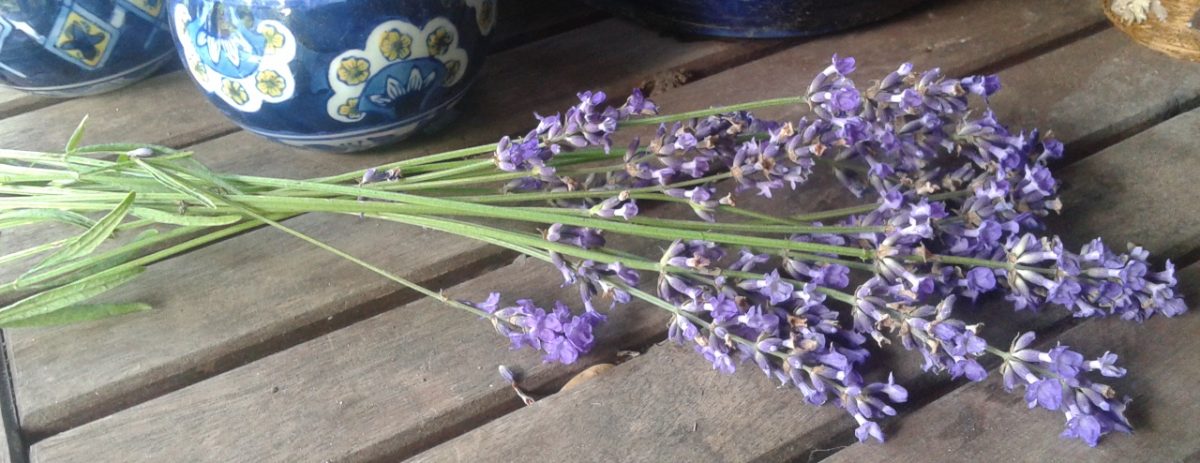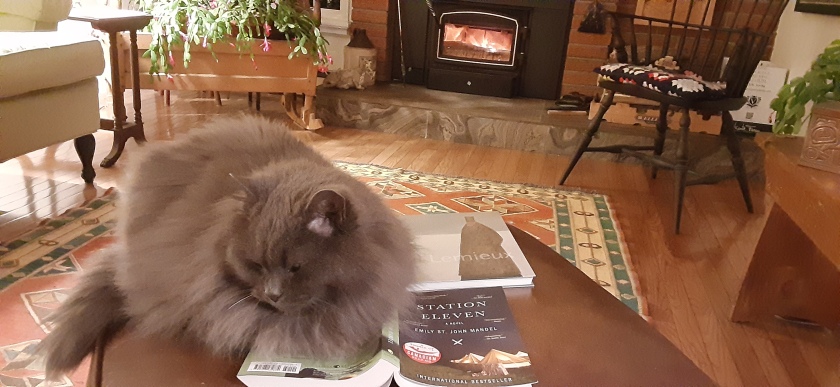Some homes are where flowers for ever blow,
Canada Home – Juliana Horatia Ewing 1841-85
The sun shining hotly the whole year round;
But our home glistens with six months of snow,
Where frost without wind heightens every sound.
And home is home wherever it is,
When we’re all together and nothing amiss.

I’m in an ice cube home today – perhaps you’ve heard of these? No, not a chi-chi tiny house but a building where nature has coated all windows, walls and roof in an early season blast of ice. We’re sheathed in a delayed season as winter hangs on.
Not a surprise at all but still, vexing. We’ve been hearing of the storm coming early in the week and mostly were ready for it – our awareness always heightened with memories of the brutal eastern ice storm of 1998. Rain began this morning and will continue throughout the day – branches will bend, some will fall, and those daffodils that had poked out of the soil this week will hesitate for awhile before celebrating their release into the spring cycle once again.

It might be good that I can’t really see out the windows – being prone afterall to stare for extended moments, running possibly into hours, at a spring that taunts us. I do try, but the corrugated frigid layer splits and cracks everything behind it – looks like an abstract landscape today not the lovely jackfrost I remember from childhood. Aha, I’m still staring aren’t I?

Knowing that power could go out at any moment, I walk out early in the morning to the back deck, through the garage to the freezer, and pull out two packed bags of last year’s sweet corn. The upright freezer was a pandemic addition – probably the best of the worst of times. Kernels were tossed into a gleaming pot of vegie broth replete with onion, garlic, sweet potato, carrot, green pepper and herbs – cream to be generously added later. Heft helps in moments of angst you know. The house will smell welcoming even if the outdoors are not. This makes me feel more competent somehow.
Pete will be in the basement trolling the news online for as long as the power holds and a Scrabble game with said soup is in the offing. This could be romantically, and necessarily, highlighted by candlelight.

Furgus, the great grey cat, will lie purrfectly still on the sofa with ears twitching at any sound that dares to intrude on his snooze. He will probably extend a paw once in awhile but remain stoic throughout – contentedly remaining above any waves of domestic discontent.
I’ve calculated which plugs should be pulled out when and if the power does indeed snuffle out, while my fellow has brought in enough wood to warm us as needed. Yes, even though we’ve lived in this lovely place for over 23 years, we have yet to purchase a generator – we do speak of it often however and that counts for something. Intent is just as affirming to the household as is actual commitment wouldn’t you agree?

Downstairs the light table has been set up for germination and growth, and gives hope for the green to come. Kale and marigolds are breaking the soil as well as an unidentified vegie seed that I have high hopes for. Seven large pots hold the promise of summer Dahlias – in fact, we have a good few inches of cheery green leaves already unfurling in the purple daze. I can see the magnificent blooms already nodding in my mind’s eye. Uh-oh, I’m staring out another type of window aren’t I?
This is what home should be – a place to find refuge when the world outside seems determined to bring you down. So welcome spring – bring it on! April showers – even if rigid in nature – brings May flowers. Yes, that’s it.
































